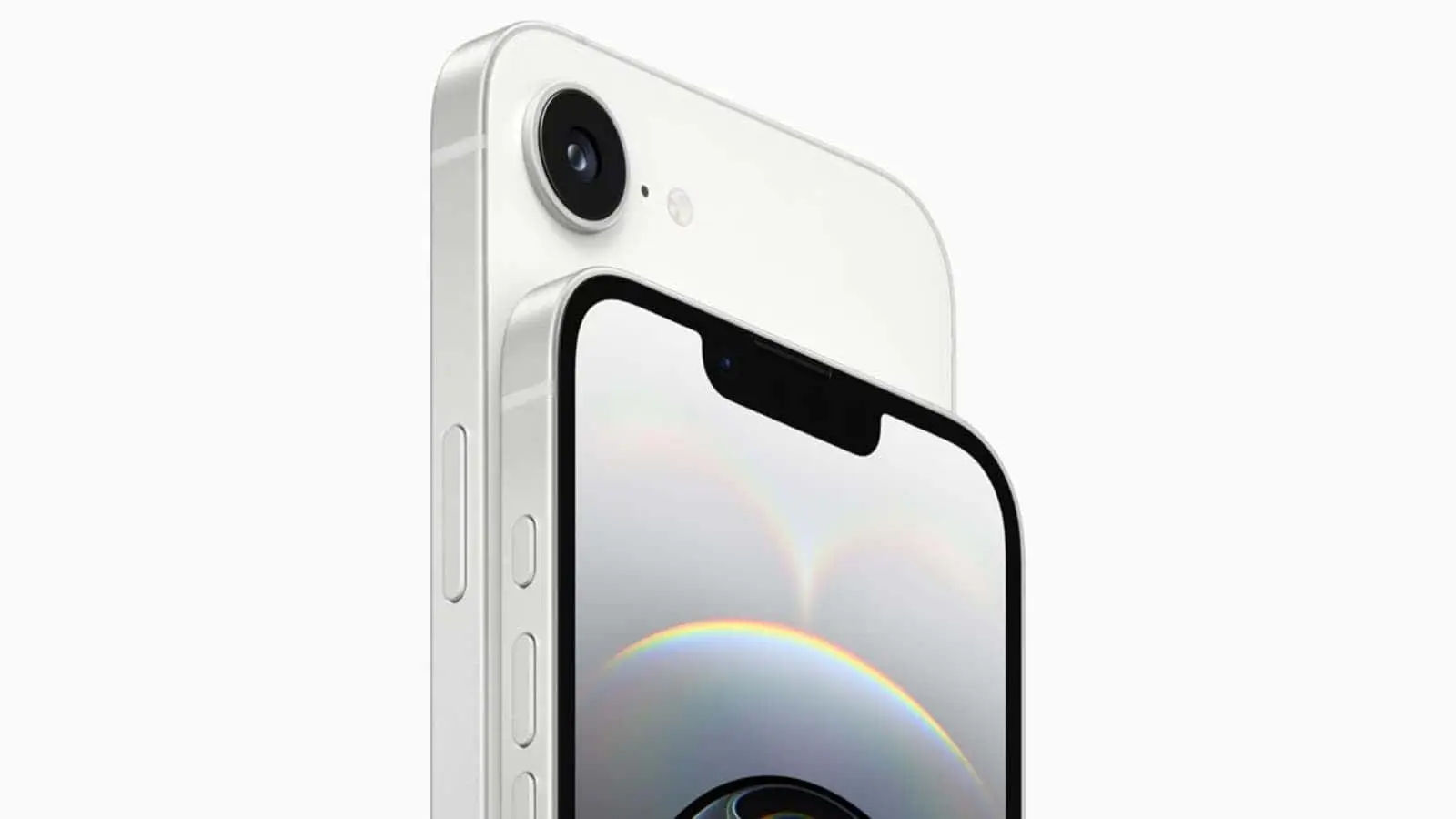Unlocking Android's Potential: A Guide to Essential Developer Options
Introduction
Android's Developer Options offer advanced controls beyond standard user functionality. This guide highlights key settings to enhance your mobile experience. For those interested in other Android tips and tricks, check out resources like iOS 18.2: Hidden Gems.
Connectivity and Performance
- Default USB Configuration: Customize how your phone interacts with a computer via USB. Choose between file transfer, tethering, MIDI, PTP, or charging only.
- Force Peak Refresh Rate: Ensure your display consistently runs at its highest refresh rate for smoother visuals.
- Disable Framerate Limit for Games: Potentially enhance gaming performance by removing the default 60Hz cap.
- Mobile Data Always Active: Disable this to save battery if you primarily use Wi-Fi. Note that enabling mobile data after disconnection may take a few seconds.
- Wi-Fi Scan Throttling: Limit background Wi-Fi scanning to conserve battery without completely disabling the feature.
Display and Multitasking
- Enable Freeform Windows (Pixel Tablet): Activate a desktop-like mode for multitasking with multiple app windows. Combine with "Force Activities to be Resizable" for broader app compatibility. This feature is similar to what's discussed in How to Install Third-Party APKs on Smart TVs in terms of expanding functionality.
- Force Split-Screen Mode: Enable split-screen functionality for apps that don't natively support it.
- Force Dark Mode: Apply a dark theme system-wide, even to unsupported apps. Use with caution, as it may affect the readability of some UIs.
Privacy, Debugging, and System Management
- Block All Sensors Tile: Add a Quick Settings tile to instantly disable all sensors for enhanced privacy.
- Select Mock Location App: Use with location spoofing apps to simulate your GPS location.
- Speed Up On-Device Animations: Adjust animation speeds for a snappier feel.
- Monitor and Manage Running Services: View and control active processes to optimize memory usage and identify performance bottlenecks. For more advanced system management, consider exploring tools like those mentioned in One UI 7: Enhanced Task Manager.
Additional Tips
- Enable USB Debugging and OEM unlocking for manual updates and system modifications (optional but potentially useful).




